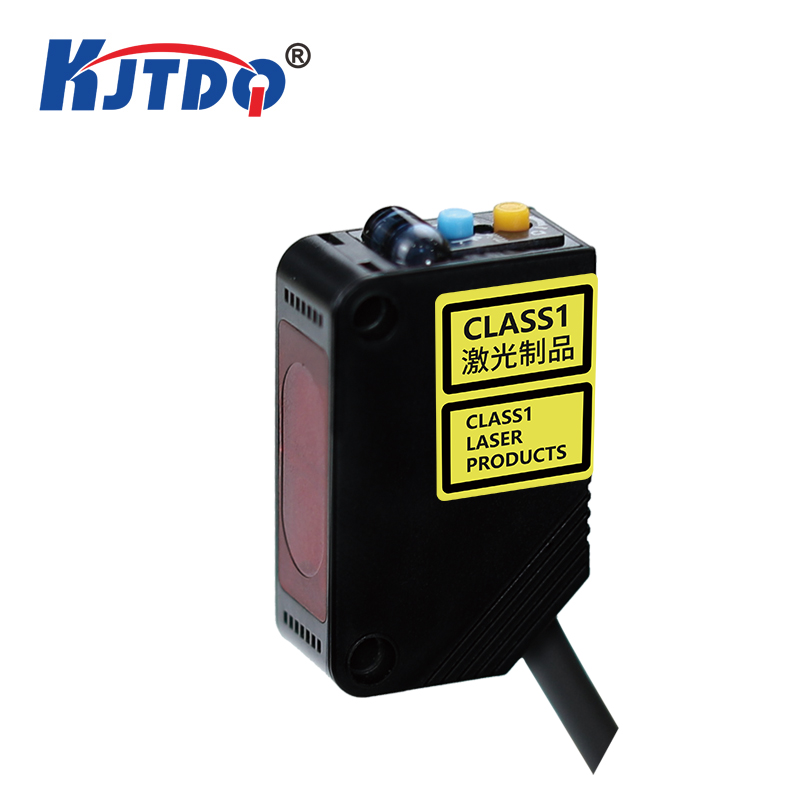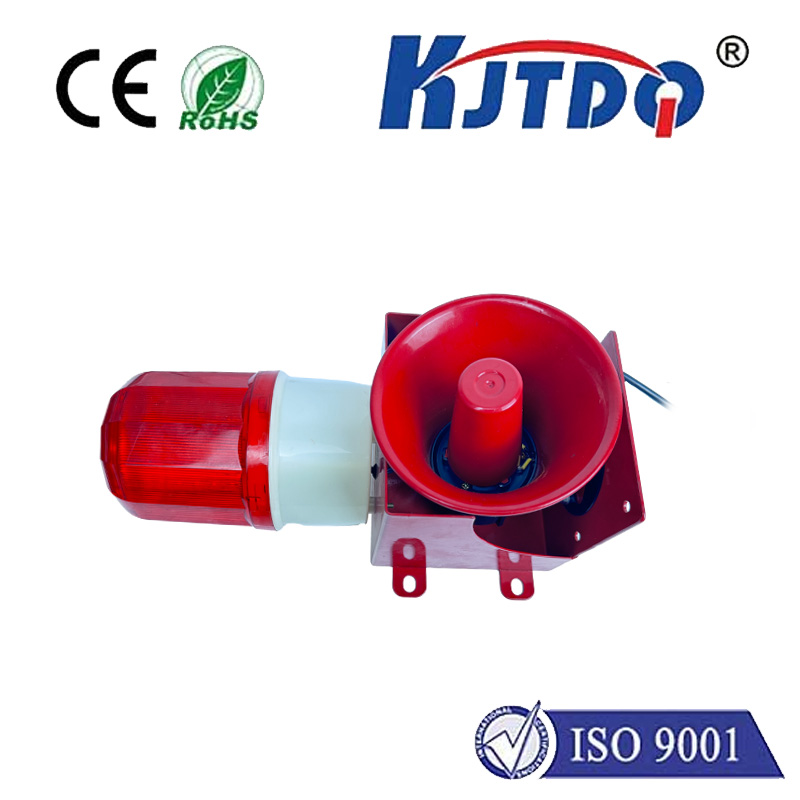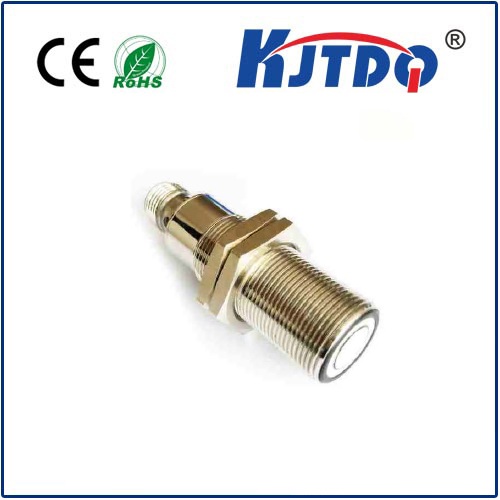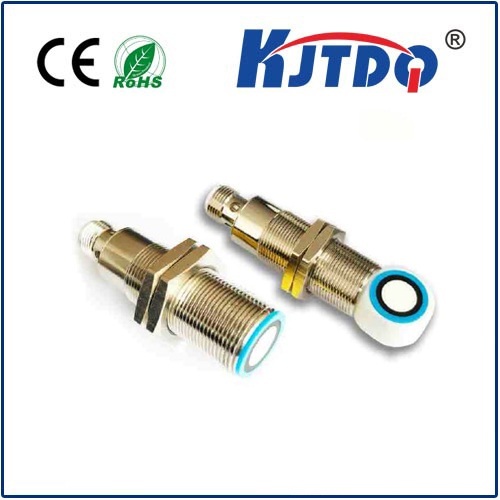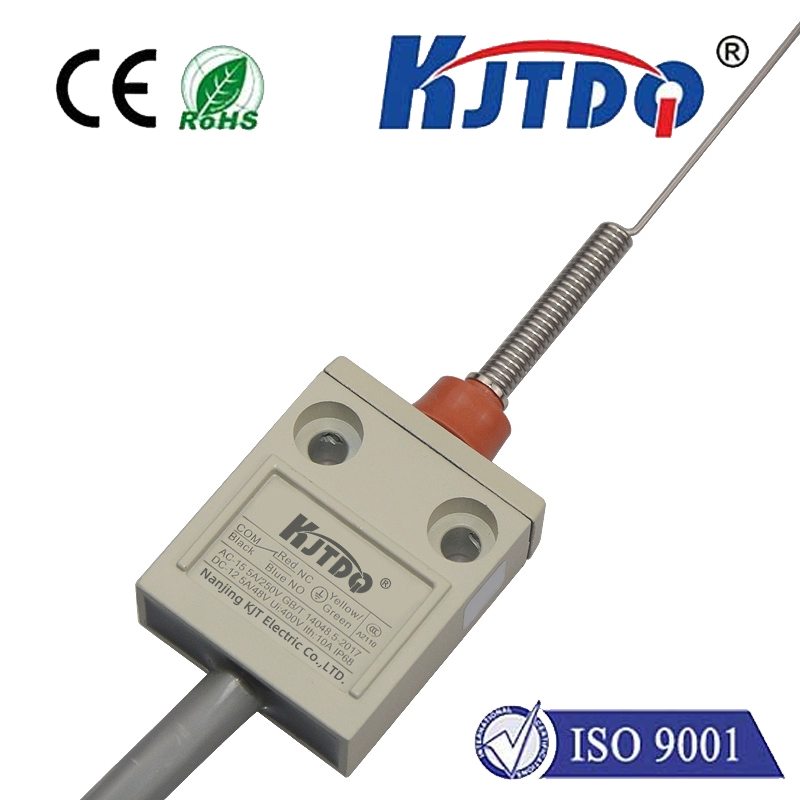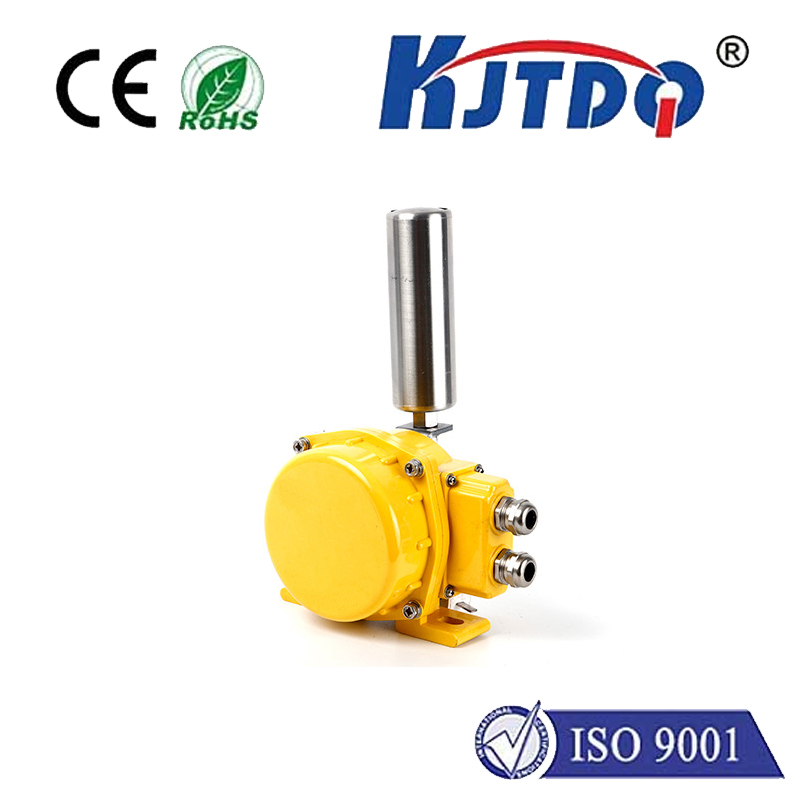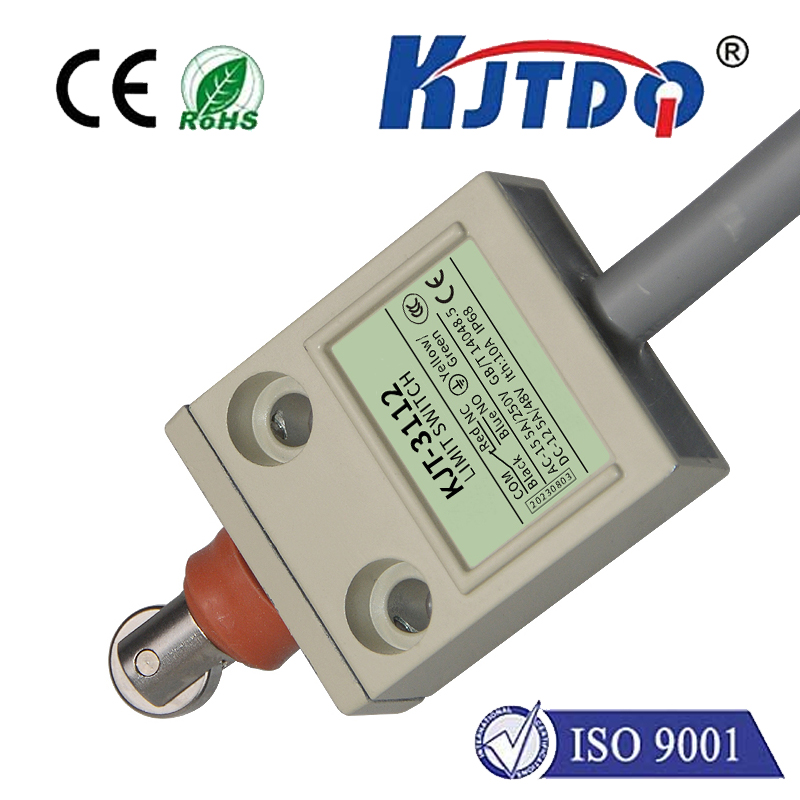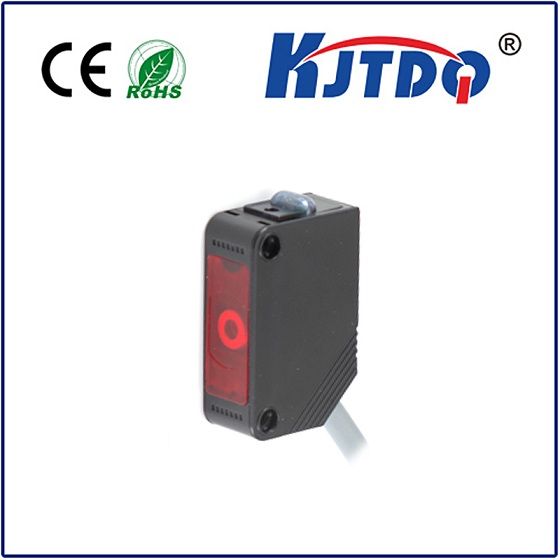
check

check

check

check
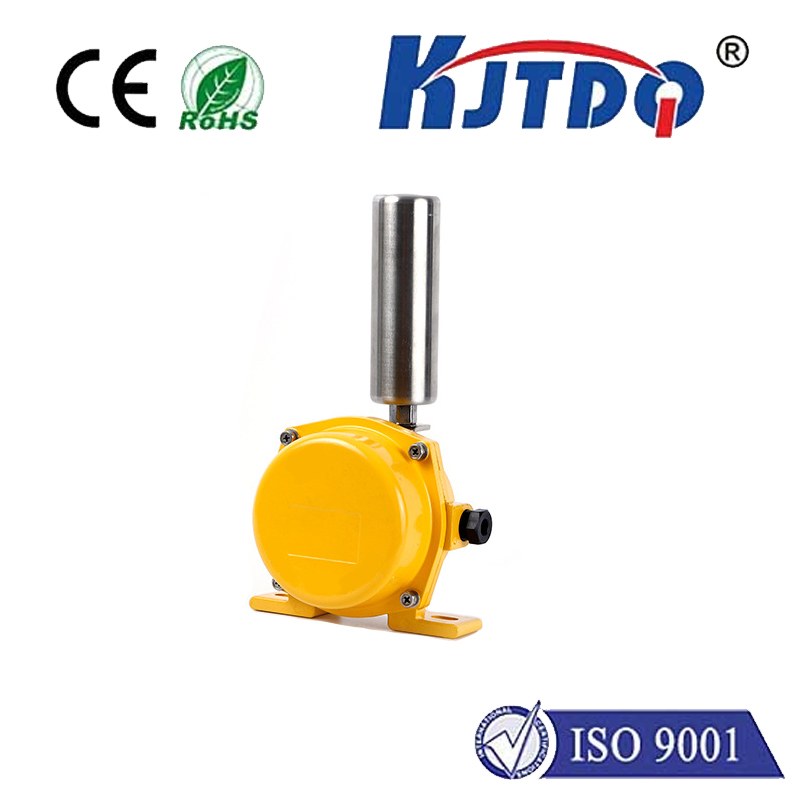
The two-stage deviation switch is used to detect the deviation and distortion of the conveyor belt, and implement automatic alarm and shutdown protection functions.
Its working principle is as follows:
· When the conveyor belt is running, when the conveyor belt deviates and comes into contact with the vertical roller of the deviation switch, the vertical roller will rotate due to the contact.
· If the deviation continues to increase, the vertical roller will be squeezed more, causing the vertical roller to shift.
· The deviation switch has two-level action functions, the first-level action (20) is used for alarm, and the second-level action (35) is used for automatic shutdown.
· When the first-level action is triggered, the deviation switch will send an alarm signal to notify the operator that a deviation has occurred and needs to be checked and processed.
· When the secondary action is triggered, the deviation switch will cut off the power supply or control signal of the conveyor to realize automatic shutdown to avoid more serious safety problems.
· After the fault is eliminated, when the conveyor belt leaves the vertical roller of the deviation switch and operates normally, the vertical roller will automatically reset and return to normal working condition.
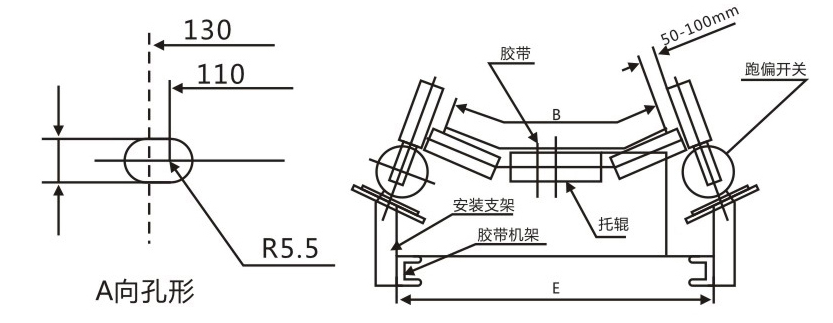
Two-level deviation switches can be classified according to different classification standards. The following is the classification of common two-level deviation switches:
1. Classification according to working principle:
Electrical deviation switch: detects and controls deviation conditions through changes in current or voltage.
Mechanical deviation switch: detects and controls deviation conditions through the movement of mechanical components or changes in force.
2. Classification by installation location:
Upstream deviation switch: Installed at the feed end of the conveyor belt, it can detect and control the deviation of the strip.
Downstream deviation switch: Installed at the discharge end of the conveyor belt, it can detect and control the deviation of the strip.
3. Classification by control method:
Single-stage deviation switch: It can only detect the deviation situation and remind the operator through an alarm signal or display, which requires manual processing.
Double-stage deviation switch: In addition to detecting deviation, it can also be automatically controlled through the control device and take corresponding measures in time to correct the deviation.
4. Classification according to usage scenarios:
Deviation switch in the transportation industry: Mainly used in conveyor belt systems in logistics, mining and other industries, which can detect and control the deviation of the strip.
Industrial production deviation switch: It is mainly used in production lines in industrial production to detect and control the deviation of conveyor belts, reels and other equipment.
Please note that the above classification is only a common classification method, and the actual situation may vary depending on the design and application of specific products.
